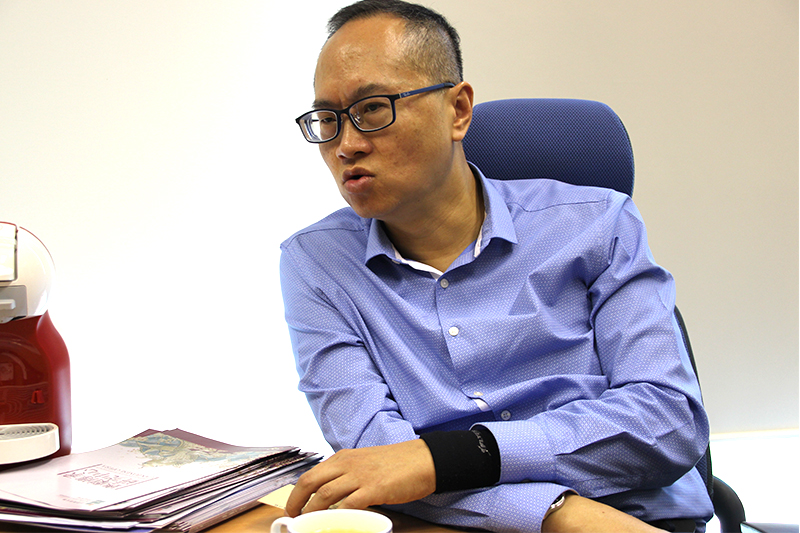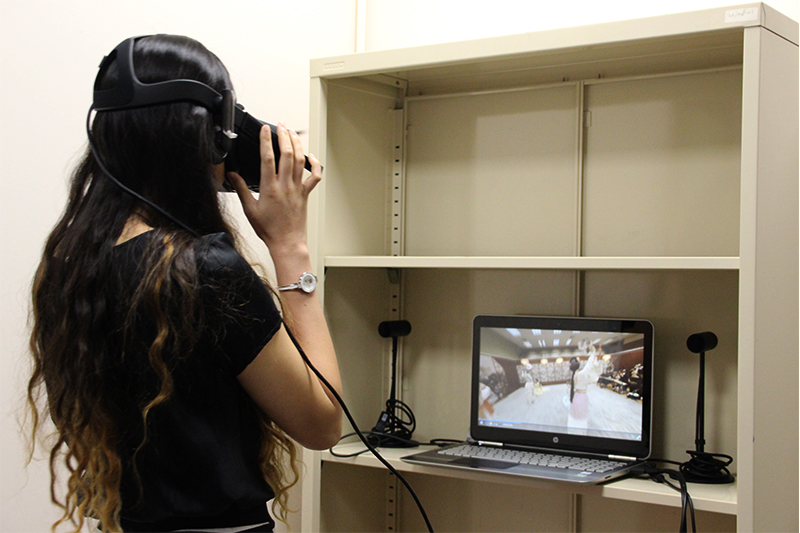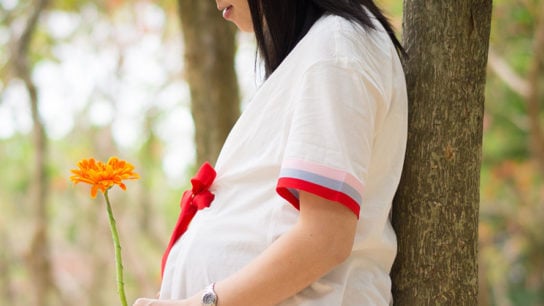Armed with a pair of VR goggles and a 3D sensing device, Professor Leung Bo Wah of The Education University of Hong Kong is striving to save the 300-year-old art of Chinese opera before it’s lost for the next generation.
Sweeping his arms as he slides forward, a student is mirroring the movements of a Cantonese opera master – from a screen. Using the same 3D motion sensing device produced by Microsoft for its Xbox gaming system, Professor Leung Bo Wah has invented an immersive virtual reality (VR) programme designed to help students experience the true beauty of traditional Chinese opera, and all in attempt to save it. He sat down with us to explain how tech can save tradition.

“This software is developed based on the concept of assessment for learning,” says Professor Leung, standing next to his student as he demonstrates. “The 3D motion sensor detects 19 joints of your body as you imitate the movement and is able to notify you immediately after you’ve made a mistake.” Head of the Department of Cultural and Creative Arts at The Education University of Hong Kong, he is the mastermind behind this invention, one aimed at teaching his students the dying art of Cantonese opera.
Also known as Yueju (粵劇), Cantonese opera is a type of opera that originated from Southern China. As a child, Professor Leung remembers listening to it on the radio with his grandma. “The value of Cantonese opera lies in it being a combination of all aspects of Chinese culture – from the music and the rich repertoire of stories, which were adopted from Chinese literature and based on historical events, to the martial arts and folk dances – all in one package,” he explains.

Over time, Hong Kong has moved on from this centuries-old performing art. Many opera masters have given up on the craft, and gone along with them is knowledge of the region’s cultural heritage. “Cantonese opera is often stereotyped as outdated and old-fashioned by the younger generation,” says Professor Leung. Concerned that the art could be lost, he set out to build his own knowledge bank, writing a book in 2015 in collaboration with renowned opera veteran Yuen Siu Fai that guides learners through over 200 movements. But, still, he felt there was more to do. “Cantonese Opera needs to modernise and reinvent itself. Adding technology into the mix was one way to do it,” he explains.
To do that, Professor Leung focused on the teaching element of the practice. Whereas students used to train under the tutelage of a master for many months, even years, “nowadays, the young learn Cantonese opera akin to learning a musical instrument,” he states. “They meet their mentor once a week, and then practice at home.” What is missing is the opportunity for immediate feedback, which can now be found in the Professor’s use of virtual reality technology and a 360-degree camera. “We are utilising this technology to re-engage the younger generation in the wonder of Cantonese opera,” he explains. Students put on their VR headset and are instantly transported to the centre of a stage where they are immersed in a production complete with performers in their colourful and intricate costumes, singing and dancing around them. Next, he’s planning to introduce this absorbing experience to local schools to help students to encounter the medium in a meaningful way.
“You could say it’s a gimmick,” he explains, “but for me, it is a necessary step to modernising a traditional art form. Technology is not here to replace the practitioners and the masters, rather, it is a strategy that is effective in generating new blood to keep Cantonese opera alive.”
Related Articles





